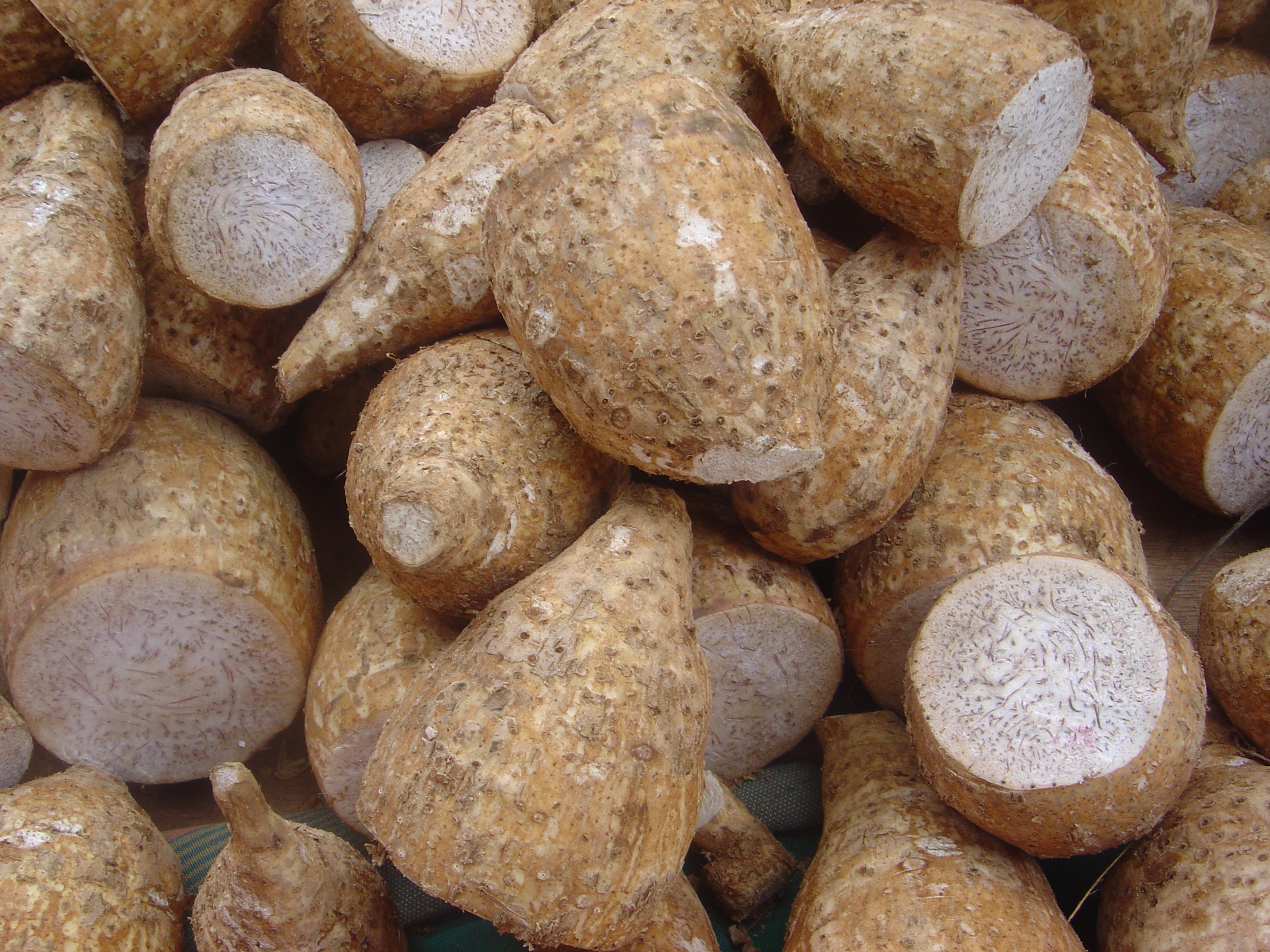|
Arum Euxinum
''Arum euxinum'' is a plant of the arum family (Araceae The Araceae are a family of monocotyledonous flowering plants in which flowers are borne on a type of inflorescence called a spadix. The spadix is usually accompanied by, and sometimes partially enclosed in, a spathe (or leaf-like bract). Also ...). It is native to the area of northern Turkey that borders the Black Sea. References euxinum Cormous plants Flora of Turkey Plants described in 1983 {{Araceae-stub ... [...More Info...] [...Related Items...] OR: [Wikipedia] [Google] [Baidu] |
Araceae
The Araceae are a family of monocotyledonous flowering plants in which flowers are borne on a type of inflorescence called a spadix. The spadix is usually accompanied by, and sometimes partially enclosed in, a spathe (or leaf-like bract). Also known as the arum family, members are often colloquially known as aroids. This family of 114 genera and about 3,750 known species is most diverse in the New World tropics, although also distributed in the Old World tropics and northern temperate regions. Description Within the Araceae, species are often rhizomatous or tuberous; many are epiphytic, creeping lianas or vining plants, and the leaves and tissues of the entire plant nearly always contains irritating calcium oxalate crystals or raphides, in varying degrees. The foliage can vary considerably from species to species. The majority of species produce an inflorescence consisting of a spadix (which some compare to a corn cob, in appearance), which is nearly always surrounded ... [...More Info...] [...Related Items...] OR: [Wikipedia] [Google] [Baidu] |
Arum
''Arum'' is a genus of plants in the Araceae family; they are native to Europe, northern Africa, and western and central Asia, with the highest species diversity in the Mediterranean region. Frequently called arum lilies, they are not closely related to the true lilies ''Lilium''. Plants in the closely related genus '' Zantedeschia'' are also called 'arum lilies'. They are rhizomatous, herbaceous perennial plants growing to 20–60 cm tall, with sagittate (arrowhead-shaped) leaves 10–55 cm long. The flowers are produced in a spadix, surrounded by a 10–40 cm long, distinctively coloured spathe, which may be white, yellow, brown, or purple. Some species are scented, others not. The fruit is a cluster of bright orange or red berries. All parts of the plants, including the berries, are poisonous as they contain needle-shaped crystals of calcium oxalate. In spite of this, the plant has a history of culinary use among Arab peasants in Palestine who leached t ... [...More Info...] [...Related Items...] OR: [Wikipedia] [Google] [Baidu] |
Cormous Plants
Corm, bulbo-tuber, or bulbotuber is a short, vertical, swollen, underground plant stem that serves as a storage organ that some plants use to survive winter or other adverse conditions such as summer drought and heat ( perennation). The word ''cormous'' usually means plants that grow from corms, parallel to the terms ''tuberous'' and ''bulbous'' to describe plants growing from tubers and bulbs. A corm consists of one or more internodes with at least one growing point, generally with protective leaves modified into skins or tunics. The tunic of a corm forms from dead petiole sheaths—remnants of leaves produced in previous years. They act as a covering, protecting the corm from insects, digging animals, flooding, and water loss. The tunics of some species are thin, dry, and papery, at least in young plants, however, in some families, such as ''Iridaceae'', the tunic of a mature corm can be formidable protection. For example, some of the larger species of '' Watsonia'' accu ... [...More Info...] [...Related Items...] OR: [Wikipedia] [Google] [Baidu] |
Flora Of Turkey
The flora of Turkey consists of almost 10,000 species of plants, as well as a number of fungi and algae. Around 32% of Turkey's plants are found only in the country. One reason for the high proportion of endemics is that Anatolia is both mountainous and quite fragmented. The country is divided into three main floristic areas: the Mediterranean, Euro-Siberian, and Irano-Tranian area. The flora of the European part of Turkey is similar to that of adjoining Greece. The ecoregions here include Balkan mixed forests dominated by Oak, oaks, and Aegean and Western Turkey sclerophyllous and mixed forests where some of the main species are oaks, Arbutus unedo, strawberry tree, ''Arbutus andrachne, Greek strawberry tree'', Spartium junceum, Spanish broom and Laurus nobilis, laurel. The country is at a meeting point of three Phytogeography, phytogeographical regions Mediterranean basin, Mediterranean, Euro-Siberian region, Euro-Siberian, and Irano-Turanian Region, Irano-Turonian. The regio ... [...More Info...] [...Related Items...] OR: [Wikipedia] [Google] [Baidu] |



